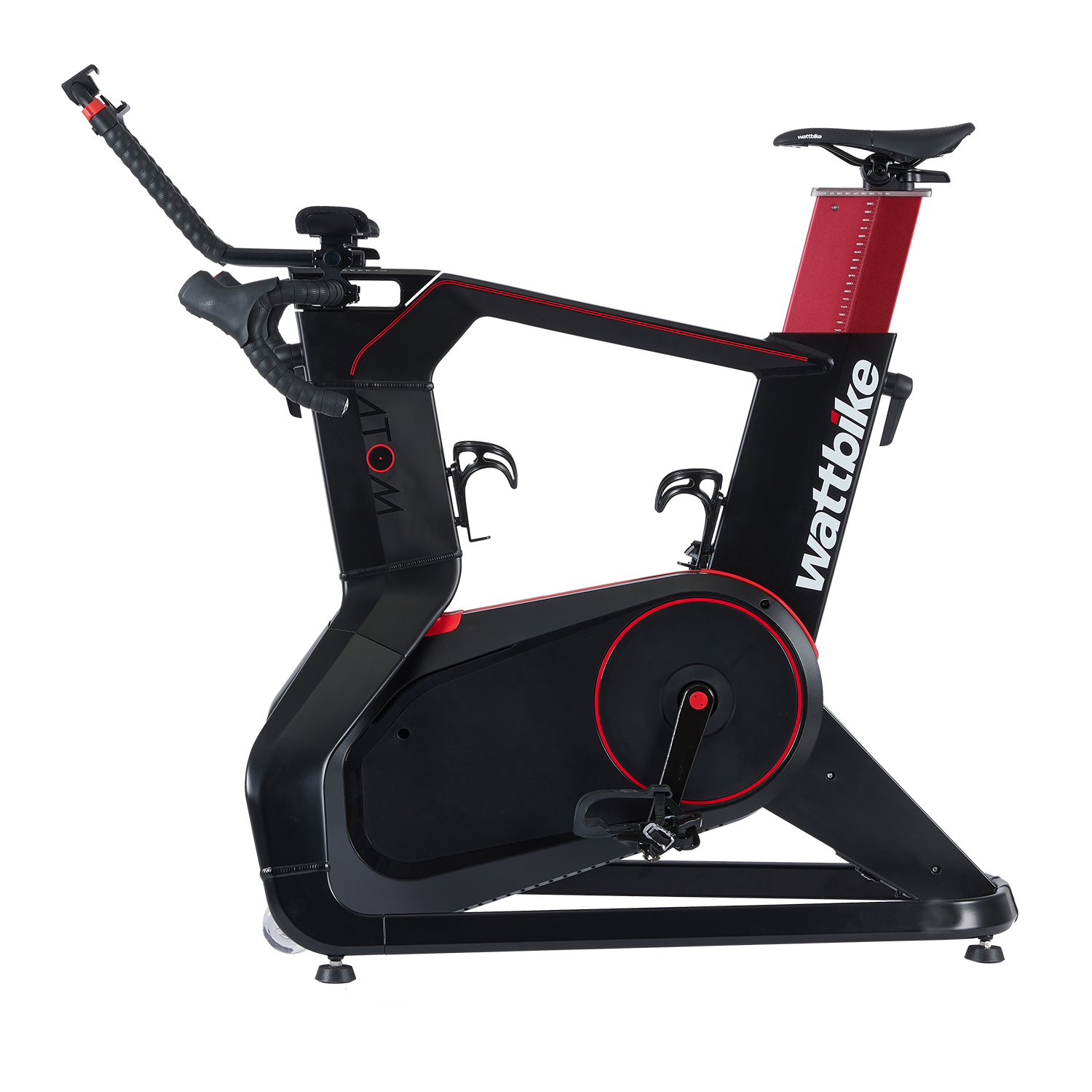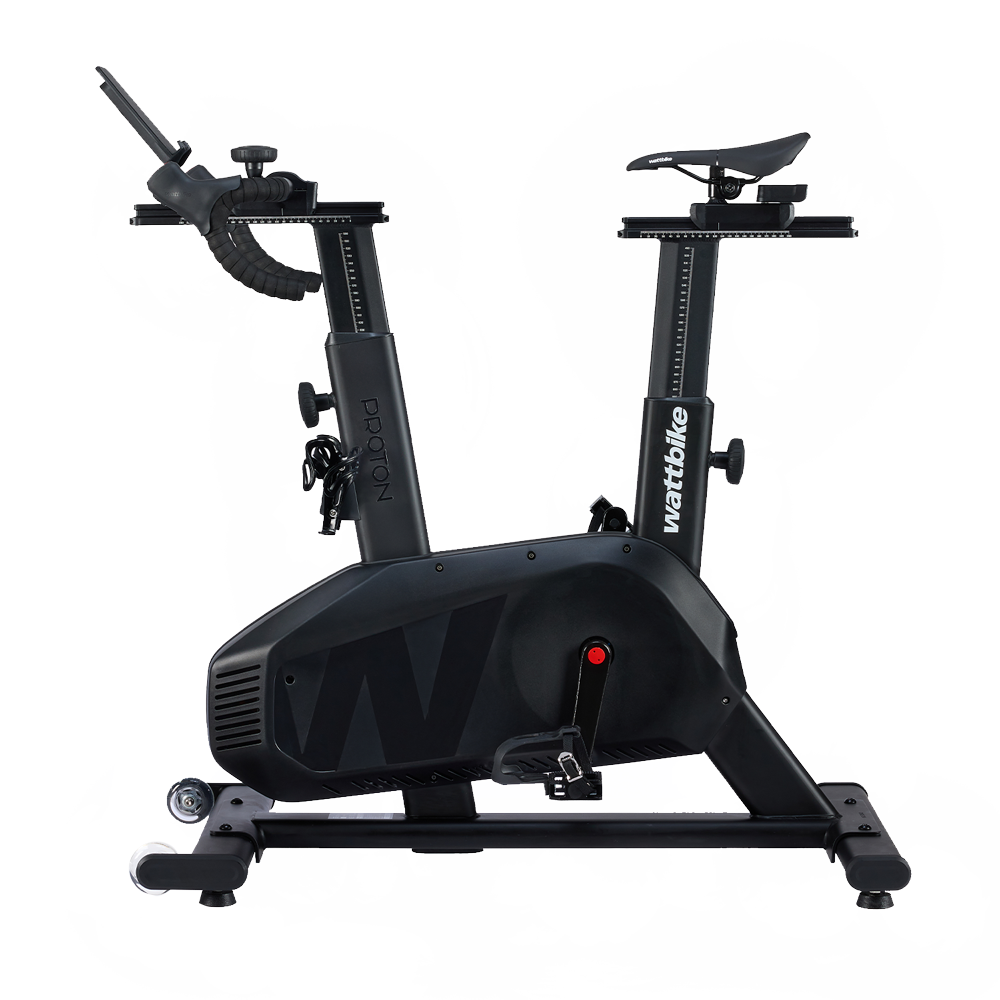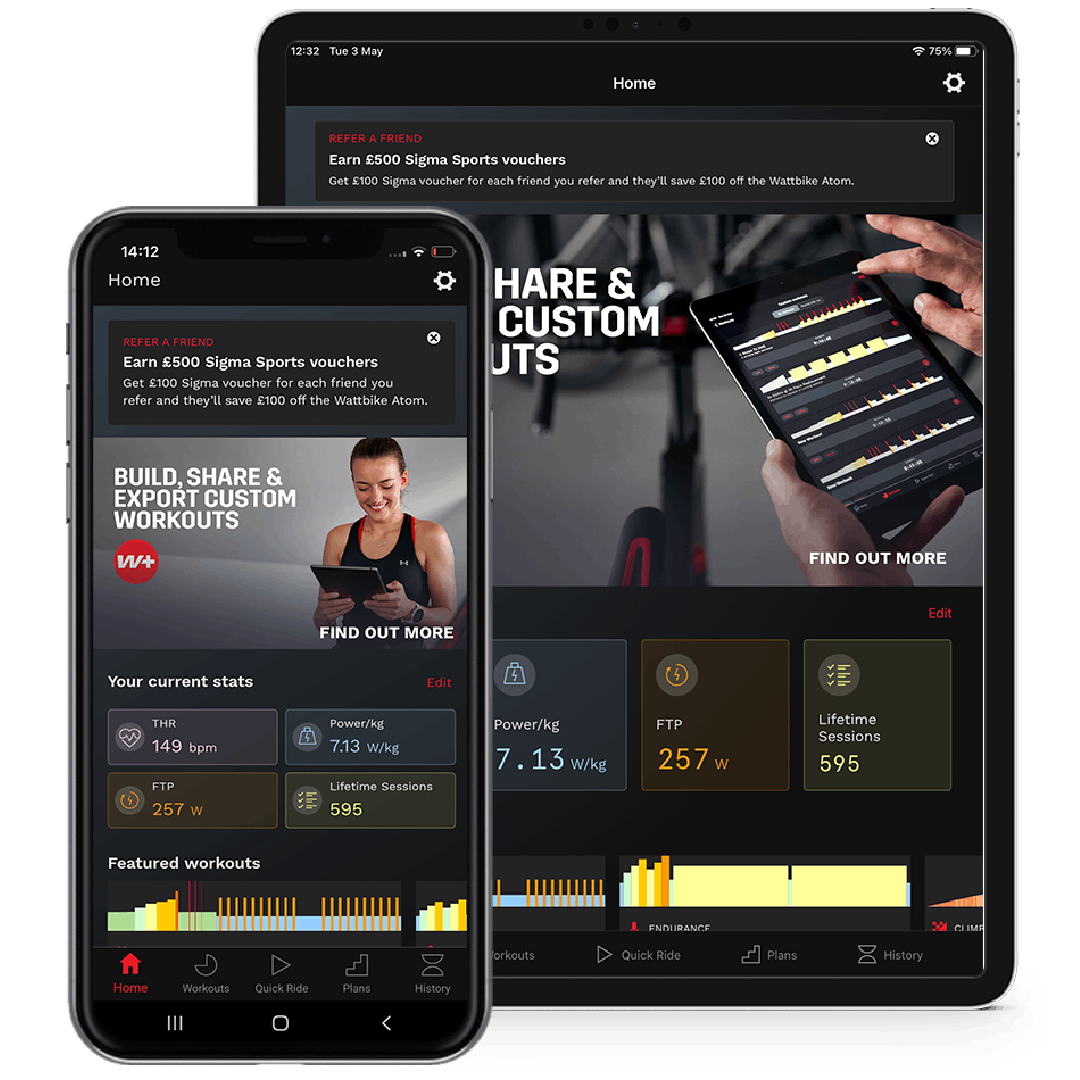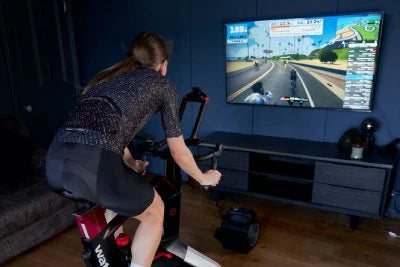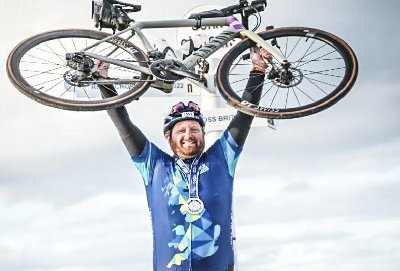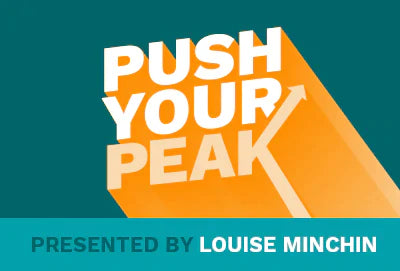Your Cart is Empty
SHOP
TRAINING & APPS
SUPPORT
news & information
How To Prepare For A 100-Mile Bike Ride
March 07, 2017 5 min read
Doing a century ride is very much a milestone distance, whether it is your first 100 mile bike ride of the year or your first ever it can be daunting, but with the right mental and physical preparation it is within everyone’s grasp. If you are already regularly riding 60 miles, then the leap up isn’t as great as you think.
Regardless of your experience your 100 mile cycle training plan can be broken down into 5 key areas; comfort, nutrition, endurance, motivation and pace.
Comfort
A sore neck, painful lower back, niggling knee or even saddle soreness is more likely to stop you in your tracks than any other aspect of cycling 100 miles. Things that barely bother you when riding for two hours can start to be excruciating after five hours. If you have even the slightest niggle your first port of call is checking your bike fit.
Once you have your bike fit measurements, be sure to set up your Wattbike indoor smart bike trainer to the same spec as your outdoor bike, so you get as much practise in your position as possible.
Once you are happy with your bike fit start work on your cycling posture. Your bike fitter may offer some suggestions, if not try speaking to a physio. The muscles of your torso need to be strong, stable and have as much endurance as your legs so you don’t slump in the saddle as the ride goes on. Pilates or yoga classes can really help when training for a century ride.
Never ride 100 miles in kit that isn’t tried and tested. Make sure you wear every item of your kit in shorter training rides. Even if you don’t normally use chamois cream it is worth giving it a go on any area that might chafe.
Vary your position during long rides, try a mix of riding in the drops, sitting up using the tops of the bars or holding onto the hoods as this will help relieve tension in your neck. Get out of the saddle for a few pedal strokes every 15-20 minutes to help restore full blood flow.

Nutrition
How you fuel yourself can be make or break your century ride. Nutrition includes the few days leading up to the event, what you eat on the morning and of course everything you eat during your ride.
What to eat before a 100 mile brike ride
Try all of your foods and energy drinks in training before your first 100-mile ride to be sure they agree with your stomach. On longer rides, or at higher intensities, your gut is more likely to be sensitive.
Find a mix of carbohydrate foods and energy drinks that you can stomach but also enjoy eating. Start eating within the first 30 minutes of a 100 mile ride and keep eating every 15-20 minutes until you finish. You should be aiming for approximately 60 grams of carbohydrate an hour or about 1g per kilogram body weight up to 80kgs.
Start with bars, small sandwiches, bananas or dried fruit and leave your gels and sweets until nearer the end of the ride. Caffeinated gels can really perk you up in the last couple of hours so have a couple in reserve. A can of flattened coke can also work wonders, there is no science behind it but it has worked for pro-riders for decades!
One word of caution, over eating can be as detrimental as under eating so keep an eye on the grams of carbs you have eaten and don’t go wild at the feed stations.
Endurance
It would be totally naïve to expect to ride 100 miles with little or no training but it is much more manageable than you may think. If, like most of us, you are short on time, aim to do one long ride a week.
If you are completely new to long distance riding start building up your longest ride by no more than ten percent per week until you reach around 60-80 miles. You don’t need to go beyond 80 in training, if you are comfortably finishing an 80 mile ride then 100 is well within your capabilities.
In addition to your one long ride, make time for three to four shorter rides a week, to get the most benefit from these include at leastone HIIT sessionand another with longer intervals at a moderate intensity. There are some great sessions for these on theWattbike Hub.
These shorter, harder sessions will improve your endurance capacity as well as power and the longer rides will be helping to accustom your body to the position, ready for plenty of time in the saddle.

Psychology
Training for a 100 mile bike ride is more than just being ready physically. Riding 100 miles will take you through many highs and lows, you need to be mentally as well as physically prepared for the experience.
Visualisation can play a role in your mental preparation and it is worth carefully thinking through the ride in advance. Consider how you will react when your legs start to ache? How will you behave if you are going slower, or faster, than you expected? What techniques will you use to remind yourself to eat and drink? Do you have a target finishing time and how important is it to you?
Having strategies in place in advance will help you to keep calm and focused on the day.
Pace
Learning to pace yourself is critical. Start out too fast and you may blow up before the finish, take it too easy and while you will definitely finish it may not be as fast as you are capable of.
How to manage your effort level is worthy of a longer discussion but in simple terms there are three main methods; power - the most reliable and least affected by other variables, heart rate and ‘feel’. Speed is not a suitable measure as it can be influenced too much by terrain and weather conditions.
Whatever method you use, make sure you have done some long rides at 100-mile pace so you get used to the sensation of it. On the day you may get swept up in the excitement and start out harder than you should, you may need some discipline in the first half to make sure you remain fresh to finish strongly in the second half.
If you are using ‘feel’ the easiest way to monitor it is to talk. If you can talk in short sentences (between chatty conversation and one word responses) you will be riding at a pace you can sustain to the end.
Related resources:The 100 Mile Sportive Plan
Also in Training

Balancing the Gym With Off-Feet Conditioning
December 18, 2025 5 min read
Building lasting fitness isn’t about training more - it’s about training smarter. We want tog ive you the tool toStart Strong, Stay Strong this 2026 and explain how to balance gym-based strength training with off-feet conditioning, to create a structured weekly routine that supports performance, recovery, and consistency. Whether you train three, four, or five days a week, this guide shows how the right training split helps you build strength, improve cardiovascular fitness, reduce injury risk, and maintain momentum throughout 2026 with a plan you can actually stick to with your Wattbike.

Motivation vs Discipline: How to Build Training Habits That Last All Year
December 17, 2025 4 min read
Motivation alone won’t make 2026 your strongest training year - consistency and structure do. Start Strong, Stay Strongexplains how building sustainable habits, using structured training plans, and relying on repeatable routines can help you train consistently, even when you don’t feel like it. From planning sessions like work appointments and setting SMART micro-goals to habit stacking and following structured Wattbike Hub programs, this guide shows how discipline, not willpower, turns intention into action, helping you improve fitness, endurance, and performance all year long.

The Best Nutrition Habits for Consistent Training in 2026
December 17, 2025 4 min read
Making 2026 your strongest year starts with building simple, sustainable nutrition habits that fuel consistent training, recovery, and performance. This guide shows how balanced meals with protein, carbohydrates, and healthy fats. Before, during, and after workouts - support energy, muscle repair, and long-term progress, whether you’re cycling indoors, strength training, or mixing both. With practical tips on weekly meal planning, habit-building, and optional supplements, you can remove guesswork, stay consistent, and ensure your training efforts pay off all year long, helping you Start Strong, Stay Strong in 2026.
Sign up to get the latest
Be the first to hear about Wattbike news, offers and more.



